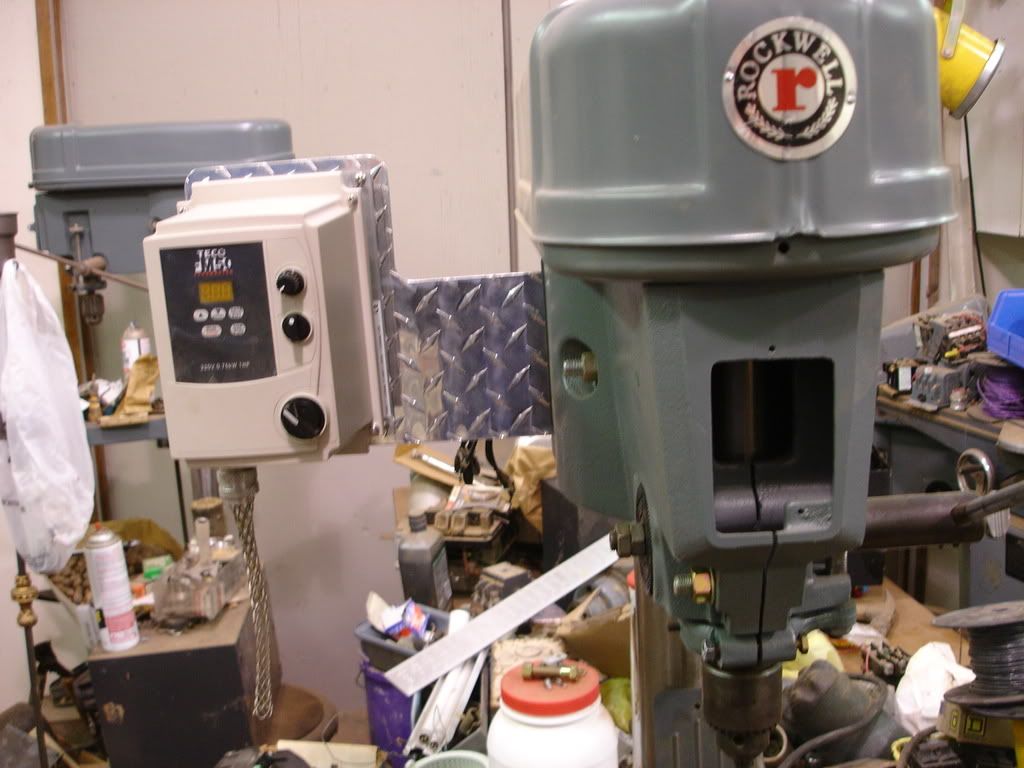I do not know much about how ECM motors work but have run into one that failed once. Out of curiosity I had to open it up. I know it had permanent magnets in it (in the rotor if i recall) That is what failed - magnet pulled loose and broken) I kind of assumed that DC current was used in the field windings since there are permanent magnets in the rotor. I can understand that the controller could likely sense the position, direction, and or speed of the magnet(s) and regulate the field accordingly to get the desired output speed.
I am certain it is definately not an induction motor like would be used on most VFD's. And similarities are likely about the same similarities as a DC permanent magnet motor is to an induction polyphase motor.
I can see it being able to achieve synchronous speed but don't see it as being like a three phase motor, unless you can provide more insight as to why it is like that.
Add:
I may need to refresh my memory of what exactly is synchronous speed. I'm pretty sure I know what it is with typical induction motors, don't know if the term even applies to DC or wound rotor motors. I always understood that these types of motors if not for mechanical limits like friction, loading, etc. would continue to increase speed while they were running, Where the top speed of an induction motor disregarding losses is limited by the speed of the rotating field
which will remain constant as long as frequency and voltage remain constant.


